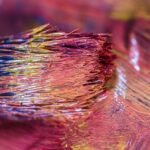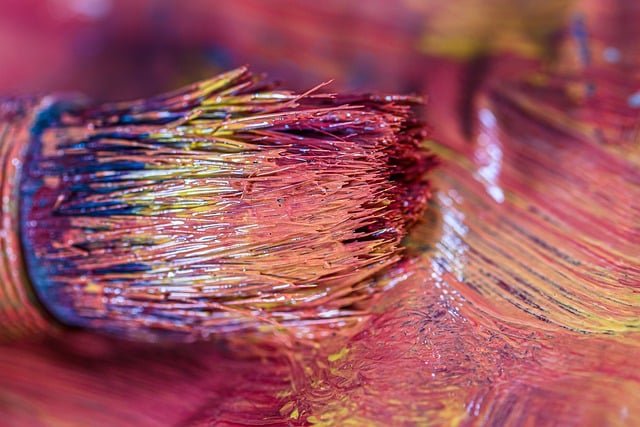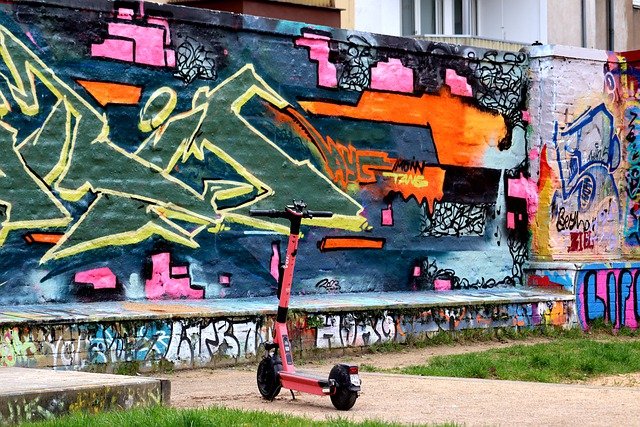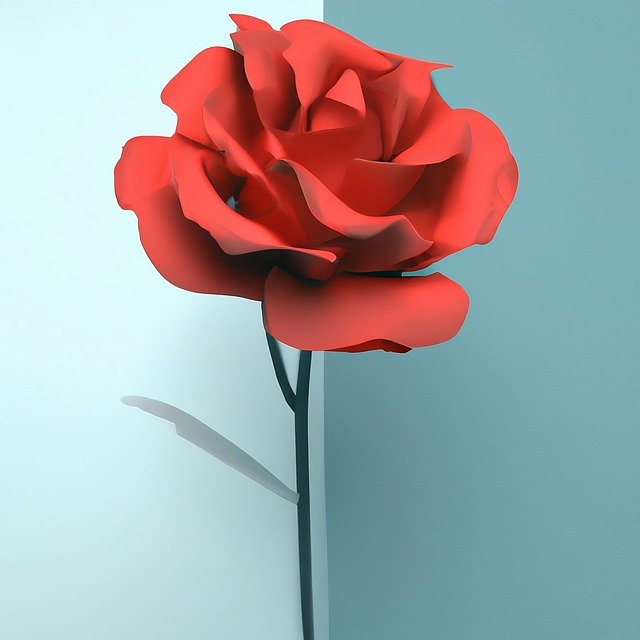Section 1: The Rise of AI Art
Artificial Intelligence (AI) has been making waves in various industries, from finance to healthcare, with its ability to streamline processes and improve efficiency. However, one of the most intriguing and controversial applications of AI is in the world of art. The idea of machines creating art may seem like a far-fetched concept, but it is quickly becoming a reality. AI art is a rapidly growing field that is pushing the boundaries of creativity and challenging the traditional notion of what constitutes art.
Section 2: The Process of AI Art
The process of creating AI art involves using algorithms and machine learning techniques to generate images, music, or other forms of art. These algorithms are trained on vast amounts of data, including images, paintings, and music, to learn patterns and styles. Once trained, the AI can generate new pieces of art by combining and remixing these learned styles. This process is known as “generative art,” and it allows for an endless amount of unique creations.
One of the most famous examples of AI art is the “Portrait of Edmond de Belamy” by the French art collective, Obvious. This painting was created using an algorithm trained on a dataset of 15,000 portraits from the 14th to 20th centuries. The result was a portrait of a fictional man that sold for a staggering $432,500 at Christie’s auction house. This sale sparked a debate about the value and authenticity of AI-generated art, with some arguing that it is not true art since it was created by a machine.
Section 3: Unlocking the Potential of AI Art
While the debate about the authenticity of AI art continues, there is no denying the potential it holds for the art world. One of the most significant advantages of AI art is its ability to produce art at a much faster pace than human artists. This efficiency can be seen in the music industry, where AI-generated music can be produced in a matter of minutes, compared to the months or even years it takes for a human composer to create a piece. This speed not only saves time but also allows for a more diverse range of art to be created.
Moreover, AI art has the potential to democratize the art world by breaking down traditional barriers to entry. With the rise of AI art, anyone with access to the necessary tools and knowledge can create and share their art with the world. This opens up opportunities for underrepresented and marginalized artists to showcase their work and gain recognition.
Another exciting aspect of AI art is its ability to collaborate with human artists. Many artists are now using AI as a tool to enhance their creative process, rather than replacing it. This collaboration has led to the creation of stunning pieces of art that blend the unique styles of both human and machine. It also challenges the notion of what it means to be an artist and pushes the boundaries of creativity.
Furthermore, AI art has the potential to revolutionize the art market. With the rise of non-fungible tokens (NFTs), which are unique digital assets that can be bought and sold, AI art can be easily authenticated and monetized. This provides a new source of income for artists and makes it easier for them to protect their work from copyright infringement.
Conclusion:
AI art is a rapidly growing field that is unlocking the potential of creativity and efficiency. While it may be controversial and raise questions about the authenticity of art, there is no denying the impact it is having on the art world. From generating unique pieces of art at a faster pace to democratizing the industry and collaborating with human artists, AI art is pushing the boundaries of what is possible. As technology continues to advance, we can only imagine the endless possibilities and innovations that AI art will bring to the world of art.










